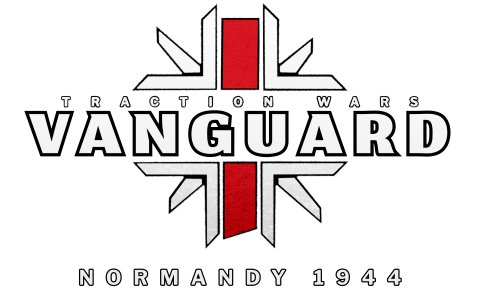retfarcimak
Junior Member
This post is an idea for a magazine cutoff. For those who don't know, the magazine cutoff is a feature on certain WW2 rifles, specifically, the lee-enfield and MAS 36 bolt action rifles. The cutoff would allow the weapon to fire with single cartridges when engaged, while keeping the magazine full (11 rounds for the enfield, 6 for the MAS36 when this is used). If nothing else, this could be used for snipers and for using a +1 system. https://s-media-cache-ak0.pinimg.co...03c13b213e9c3d7043ce4e3a--lee-enfield-cut.jpg This is a picture of the lee-enfield's magazine cut off system. To engage it, push it in, to disengage it and use the magazine, pull it out. It simply blocks the round from popping up into the chamber when engaged. In the picture, it is disengaged.
There is another post I made on this, but for some reason, the content vanished after an edit I made to attempt to fix a link error.
There is another post I made on this, but for some reason, the content vanished after an edit I made to attempt to fix a link error.
